- Official name: Alcatraz Island
- Location/ area: Located 1.25 miles offshore from San Francisco, California, in the middle of San Francisco Bay.
- Size: Approximately 22 acres
- Altitude, terrain type, climate: Elevation ranges from sea level to 135 feet. The island has steep terrain, exposed rock, and coastal vegetation with a cool, foggy maritime climate.
- Major areas/sections: Main Cellhouse, Lighthouse, New Industries Building, Guardhouse, Dock Area, Gardens, and historic ruins from the military and prison eras.
- Age: Established as a U.S. military fort in the 1850s
- No. of visitors per year: Over 1.5 million
- UNESCO World Heritage Site: Listed on the National Register of Historic Places since 1976
- Access: Only by ferry
Highlights of Alcatraz Island
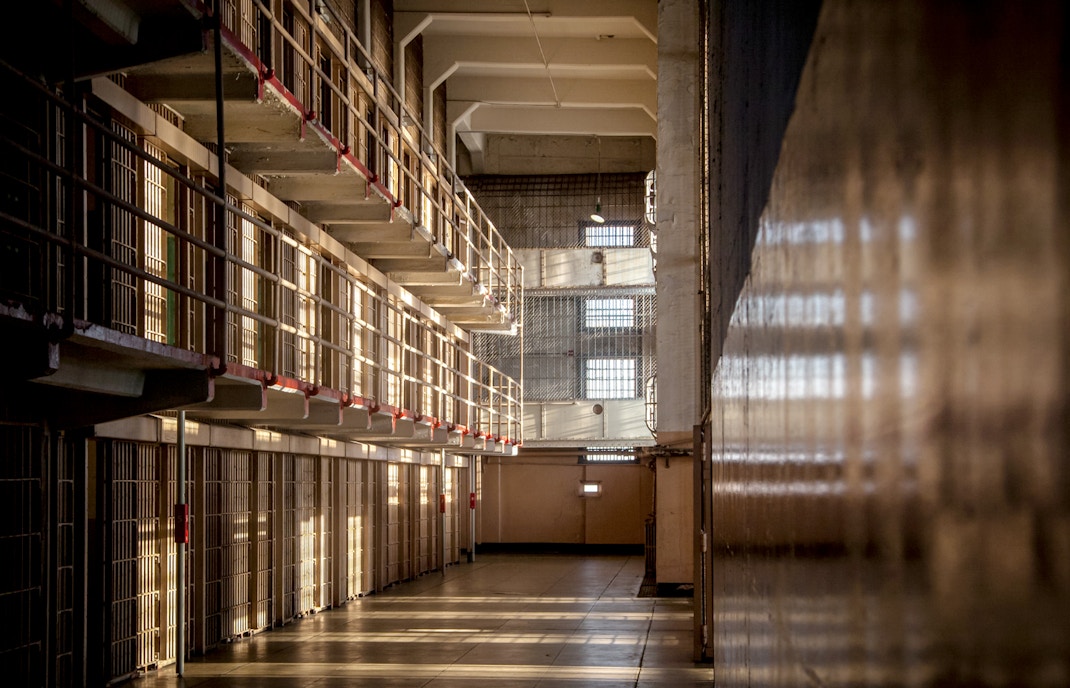
The Cellhouse
Location: Top of the island
This is the main draw of any visit. Once the heart of the prison, the Cellhouse still holds rows of tiny cells, metal doors, and narrow walkways. The award-winning audio guide leads you through the block, sharing stories of escape attempts, lockdowns, and daily life inside. The voices of former inmates and guards make it feel personal and real.
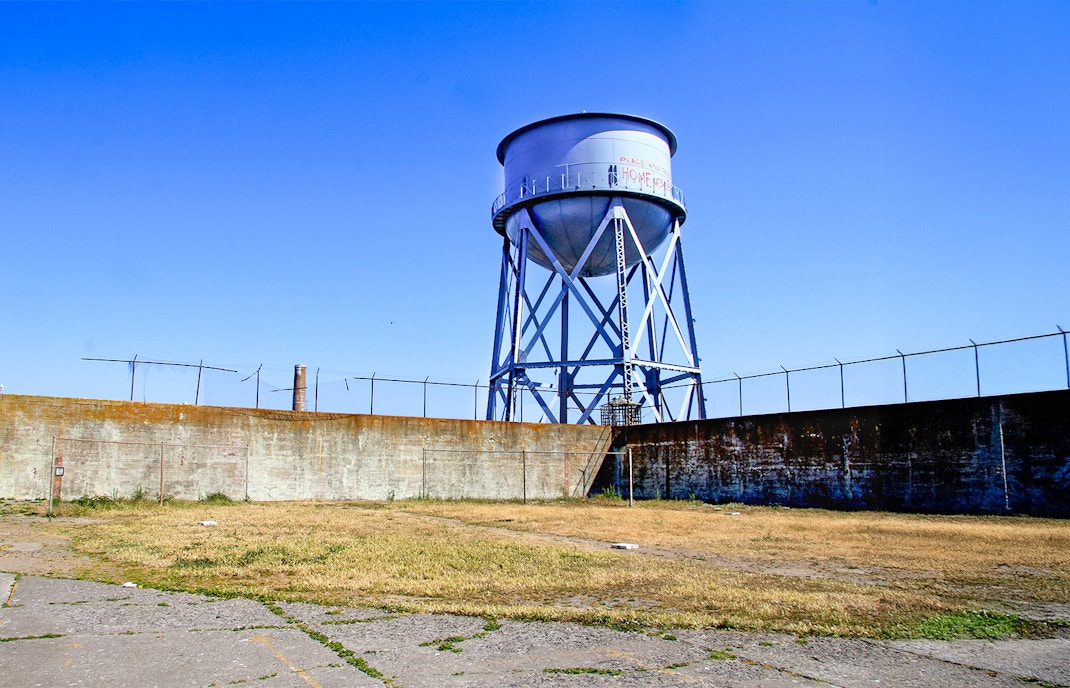
The Recreation Yard
Location: Adjacent to the Cellhouse
This open-air yard was where prisoners exercised, played games, and briefly saw the city across the water. It’s a stark, concrete space with a view—one that prisoners could look at but never reach. Standing here, it’s easy to understand the psychological impact of being so close, yet so far from freedom.
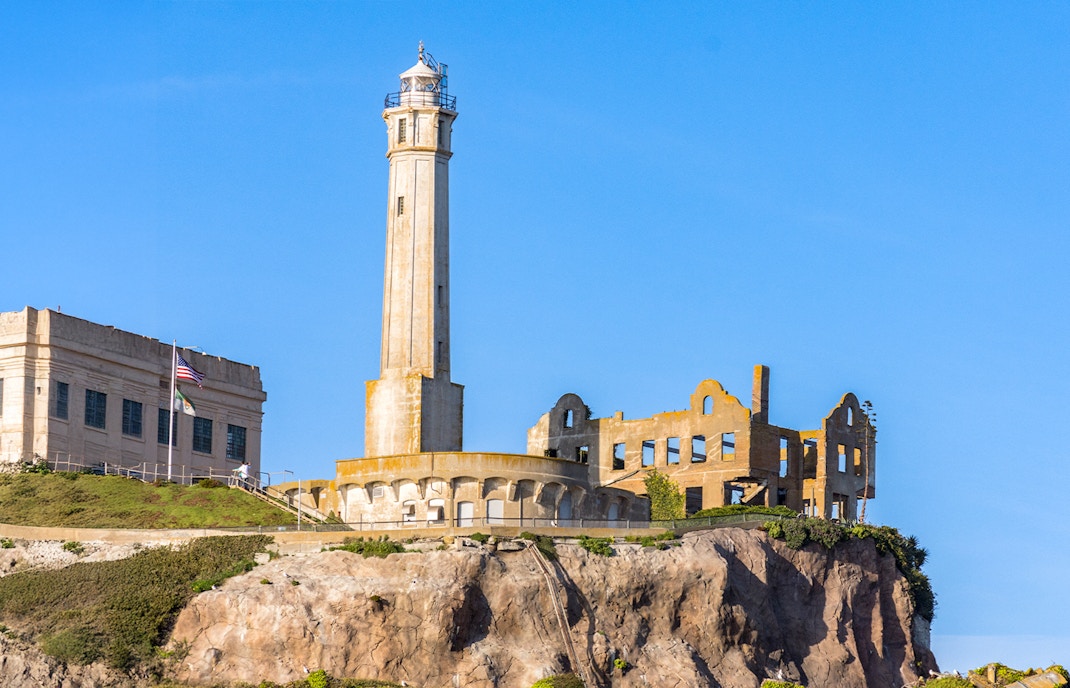
Alcatraz Lighthouse
Location: Near the Cellhouse ruins
Still operational today, this is the oldest lighthouse on the U.S. West Coast. It served both military and prison eras. Though you can’t go inside, it’s a prominent feature on the skyline and a great photo spot, especially at sunset or in the fog.
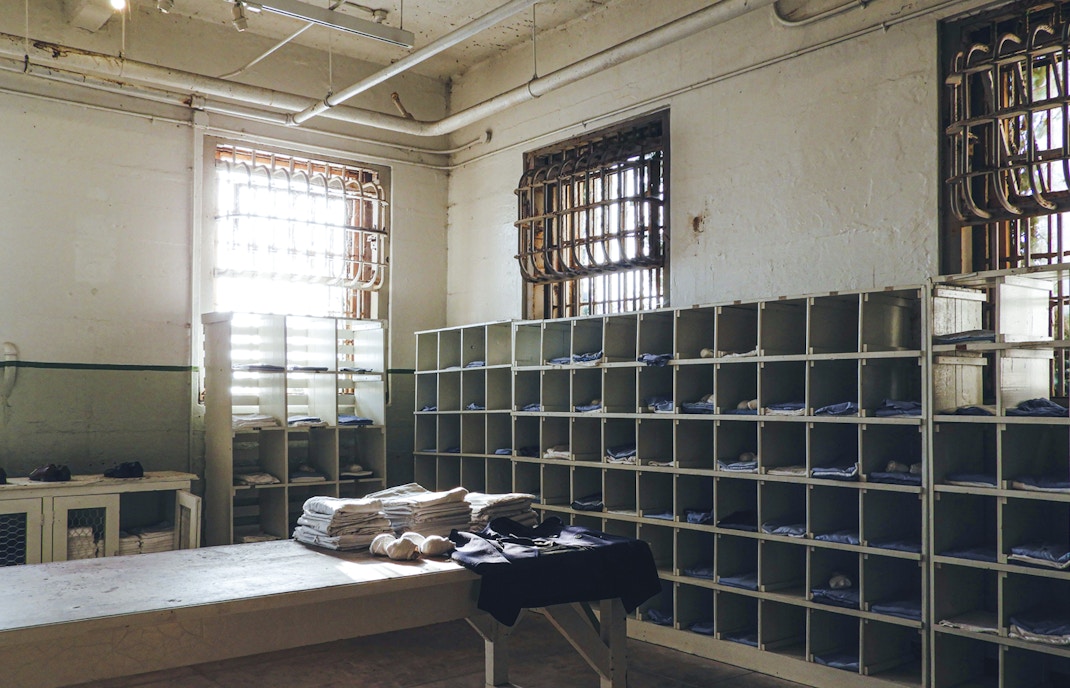
The Warden's House and guard quarters
Location: West side of the island, near the lighthouse
Now in ruins, these once housed the island’s top authority figures. The crumbling walls and exposed framing contrast sharply with the still-intact Cellhouse, reminding visitors that even those in charge lived isolated lives. The spot, on the island’s west side, also offers one of the best panoramic views of the Golden Gate Bridge.
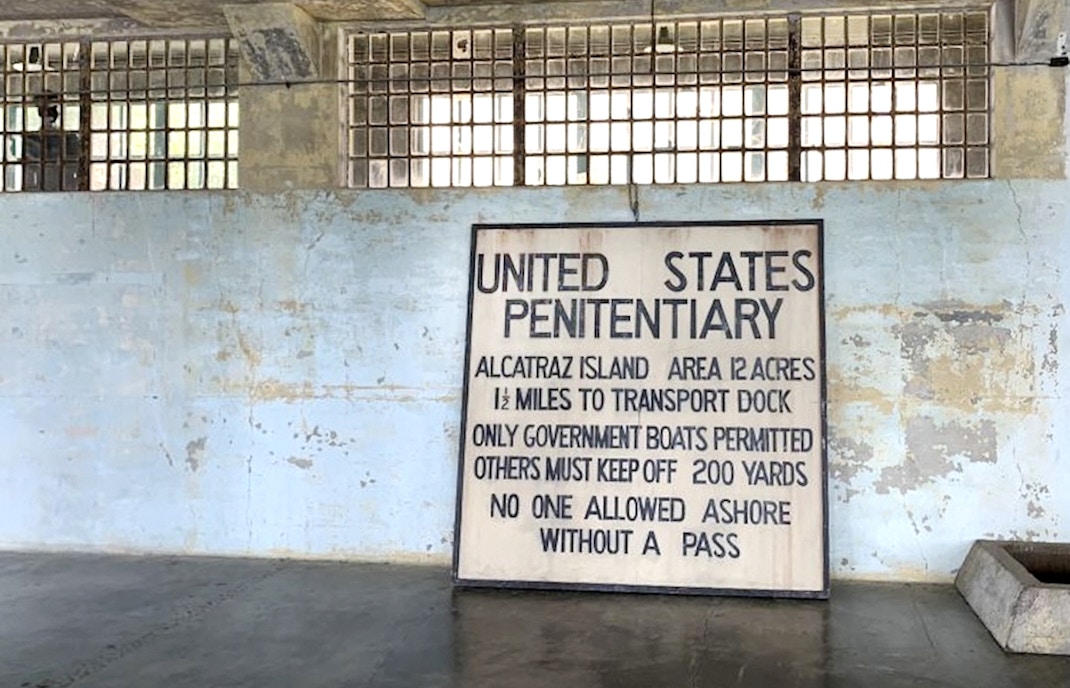
Signs of protest
Location: Visible near the dock and on the water tower
In 1969, Alcatraz was occupied by Native American activists in a historic protest that lasted nearly two years. Their painted slogans—such as Peace and Freedom and Welcome to Indian Land—are still visible today. They mark a powerful moment in U.S. civil rights history that is now part of the island’s identity.
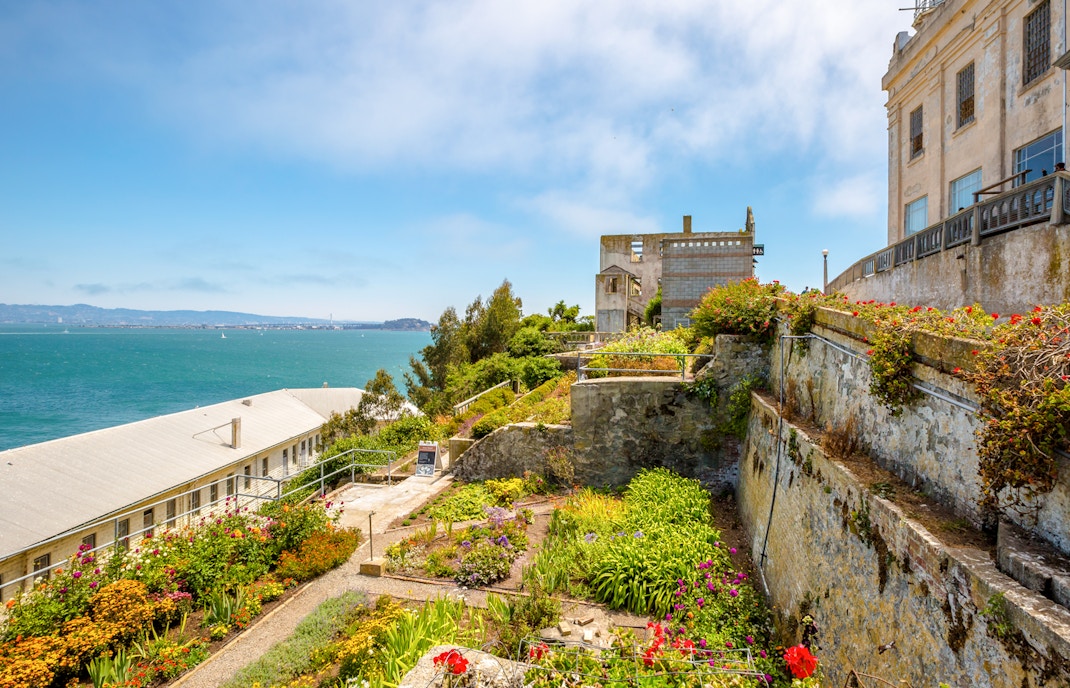
Alcatraz Gardens
Location: Scattered around the island
Originally planted by military families and prison staff, these gardens were abandoned after the prison closed. Today, volunteers have brought them back to life. You’ll see flowering succulents, heirloom roses, and birds nesting among the plants—proof that nature is slowly reclaiming the Rock.
